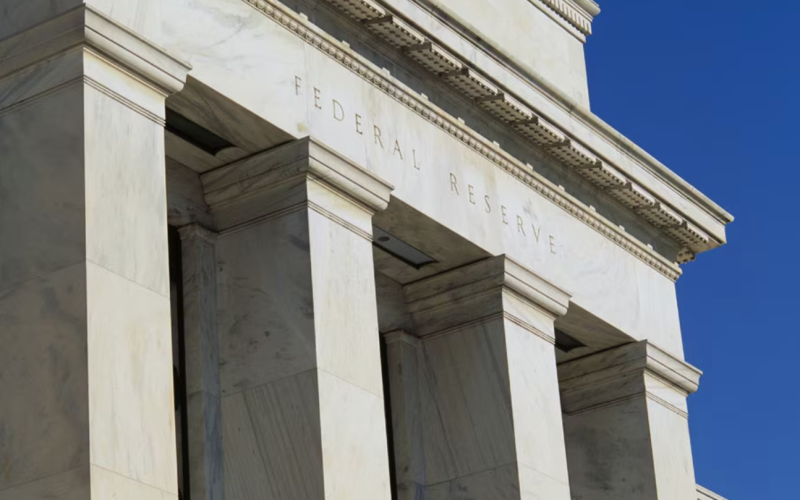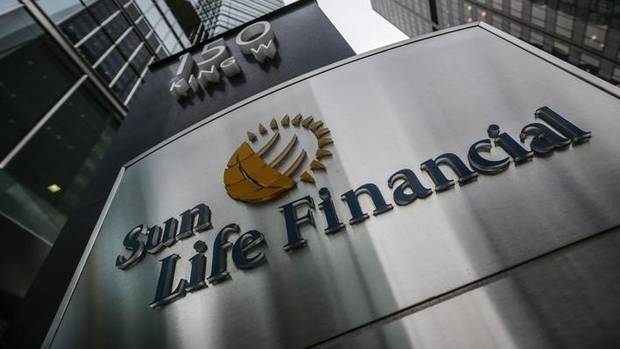by Kathy Jones, Global Fixed Income Strategist, Charles Schwab & Company
In a unanimous decision, Federal Reserve policymakers raised the federal funds rate to 5.5%, the highest point since 2001.
At 5.5%, the upper bound of the federal funds rate is the highest since 2001

Source: Bloomberg.
Federal Funds Target Rate - Upper Bound (FDTR Index). Data as of 7/26/2023.
Statement was left nearly unchanged
More importantly, it dropped any allusion to pausing rate hikes in the near term, noting only that the committee will consider the cumulative tightening and the lag time between a change in policy and its effect on the economy and any new financial developments in setting policy.
Are we there yet?
With the Fed data-dependent, we believe the key metrics to watch for signs that inflation is coming under control are economic growth and inflation. Powell repeated previous comments that the Fed is looking for a softer labor market and below-trend growth over a period of time. Notably, gross domestic product (GDP) growth since the Fed signaled policy tightening has averaged 1.1%, compared with a pre-pandemic average of 2.4%. However, GDP growth recently has rebounded after a few quarters of negative growth, which may have lowered the Fed's confidence about a further drop in inflation.
Inflation-adjusted GDP growth has been below trend

Source: Bureau of Economic Analysis, quarterly data as of 3/31/2023.
Gross Domestic Product (GDP CQOQ Index), GDP U.S. Chained 2012 Dollars SAAR. Pre-pandemic average date range: Q1 2013 to Q4 2019.
Note: Y-axis capped at 20% and -20% for scaling purposes. For reference purposes, the low was 29.9% 6/30/2020 and the peak was 35.5% 9/30/2020. Gross domestic product (GDP) measures the final market value of all goods and services produced within a country. It is the most frequently used indicator of economic activity. The GDP by expenditure approach measures total final expenditures (at purchasers' prices), including exports less imports. "Real" GDP growth is adjusted for inflation.
Average hourly earnings growth remains relatively strong

Source: Bloomberg, using monthly data as of 6/30/2023.
US Average Hourly Earnings All Employees Total Private Monthly Percentage Change (AHE MOM% Index). Y-axis capped at 10% and -1% for scaling purposes. For reference purposes, the high was 22% 4/30/2020 and the low was 8.4% 7/31/2020.
On to the September meeting
For now, we look for the uncertainty about Fed policy to contribute to elevated volatility. Longer term, we continue to believe that peak in the rate-hiking cycle is near and that yields will decline over the long run, but there is still a bumpy road ahead.
Copyright © Charles Schwab & Company














